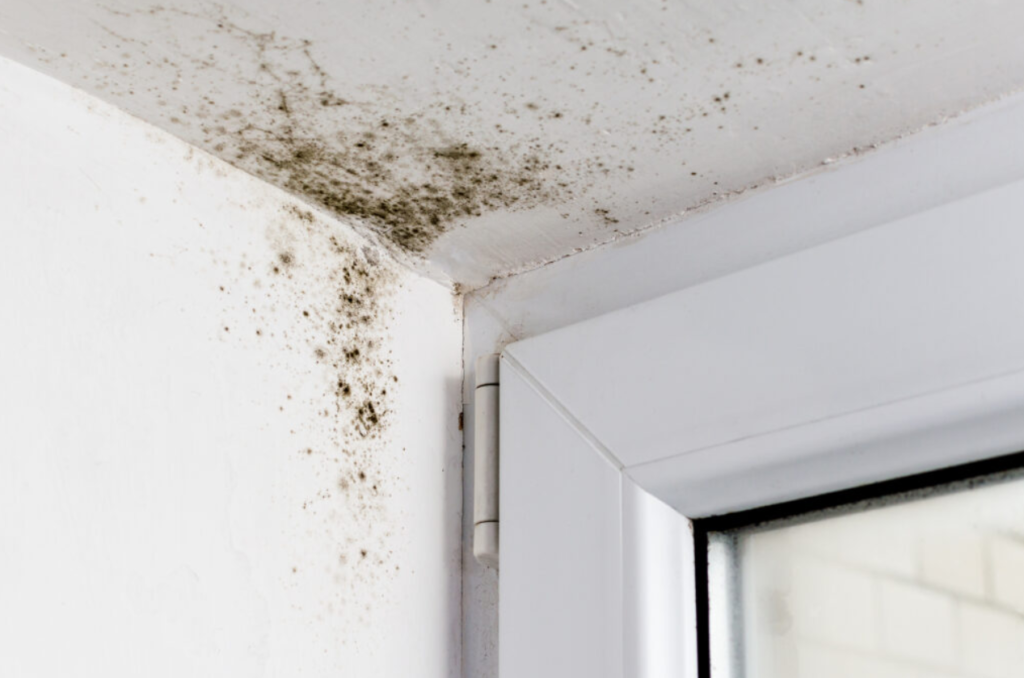Absolutely Everything You Need to Know About Mold Spores San Diego
Mold is a fungus located all around us and maintains a healthy environment as an essential feature. Organic fibers such as cut grass, leaves, and rotting wood get decomposed by mold. Although outdoor mold has a purpose and is a friend of nature, mold found inside our homes can become a significant issue. If you see a mold, immediately contact our Smart Dry Restoration for Mold Remediation Companies San Diego, and our experts will take care of the problem.
It’s a good idea to understand precisely what mold spores are and how they manage to increase before you learn how to detect mold growth within your home.
What Are Mold Spores And How Do They Grow?
By releasing mold spores, mold reproduces. It depends on the type of mold it originates from and the current weather conditions.
Some spores are released in dry, windy weather, while others remove foggy conditions or high moisture. Generally, after prolonged rainfall or after flood or water damage, spore counts are highest.
They can settle anywhere like clothing, shoes, jackets, handbag or briefcases, and even on your pets, tiny mold spores.
The mold spores are very tough. They can withstand severe weather conditions. Air can quickly move mold spores to an environment that is more suitable for growth, even if the conditions are not conducive to fungi production. They will settle in and begin to develop new fungi after mold spores enter your home and find a humid, wet climate.
With the development of hair-like hyphae, the new growth process begins. Like what roots are to plants, hyphae are to mold. The hyphae will reach out to a colony that can occupy several square feet of material and expands through it.
Common Household Molds and Where to Find Them
There are various mold classifications, and each gets its nutrients from different materials. Here are the most prevalent mold types and where they are likely to grow:
Alternaria: This mold is of typical shape and often found outside of the home in humid regions such as sinks, showers, or bathtubs, and dark or dim areas.
Aspergillus: The most common form of household mold. It can be discovered anywhere in the home.
Aureobasidium: This mold appears to live on wooden or pressboard furniture, painted walls, wallpaper, windows throughout, and caulked areas nearby. Sometimes referred to as mildew, mold found on caulk or similar materials.
Warning Signs of Mold
It is vital to understand the warning signs of a possible mold problem
Smell: A very distinctive musty odor, reminiscent of wet laundry or rotting wood, is produced by mold. It gives off this odor because it releases microbial organic volatile compounds, referred to as MVOCs.
Spots: You’re probably looking at mold if you find damp spots or patches on your wall or ceiling. Greenish-brown, black, green, white, ashy, or even purple may be the color of mold.
Health Issues: For long periods, there are well known physical signs and diseases associated with being exposed to mold. If your home has mold, then you or your family can have flu-like symptoms such as:
- Frequent coughing
- Nasal/sinus congestion
- Irritated/watery eyes
- Upper respiratory conditions
It is essential to call experts who have an in-depth knowledge of mold remediation. Mold Remediation Companies San Diego residents can find with our Smart Dry Restoration company. Our professionals follow the IICRC guidelines, so you are delighted with mold removal. Call us immediately on our emergency line service, (858)-433-5100, if you have a mold problem.
Smart Dry Restoration is well known for its Fire And Smoke Damage Service San Diego in CA. We are available 24/7 for any emergencies and have qualified experts for fire damage. Contact us at (858) 433-5100 for any trouble.
Smart Dry Restoration
Address: 8910 Activity Rd Ste A San Diego CA 92126
Phone: (858) 433-5100
Check out our socials:
Facebook
Youtube
Instagram
Pinterest
Yelp


